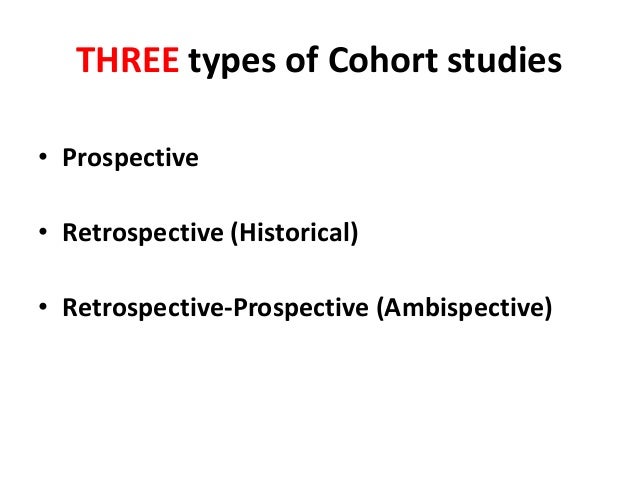
Meanwhile, household panel studies, which may start interviewing participants in adulthood, often collect an array of retrospective information about past events.

For example, because birth cohort studies interview their participants every few years or so, participants are often asked to retrospectively provide information on their lives since the previous interview (for example, ‘since we last saw you, have you been diagnosed with any of the following medical conditions?’).

In reality, many studies use both prospective and retrospective methods. A prospective study watches for outcomes, such as the development of a disease, during the study period and relates this to other factors such as suspected risk. A retrospective study examines exposures to potential risk or protective factors in relation to a predetermined outcome by looking back in time. The Hertfordshire Cohort Study is an example of an historical cohort study. Retrospective studies typically have more sources of bias and confounding, whereas prospective studies typically have less. In the case of historical cohort studies, people are linked to existing historical information. This might be through interviews in which participants are asked to recall important events, or by identifying relevant administrative data to fill in information on past events and circumstances. In prospective studies, individuals are followed over time and data about them is collected as their characteristics or circumstances change.


 0 kommentar(er)
0 kommentar(er)
